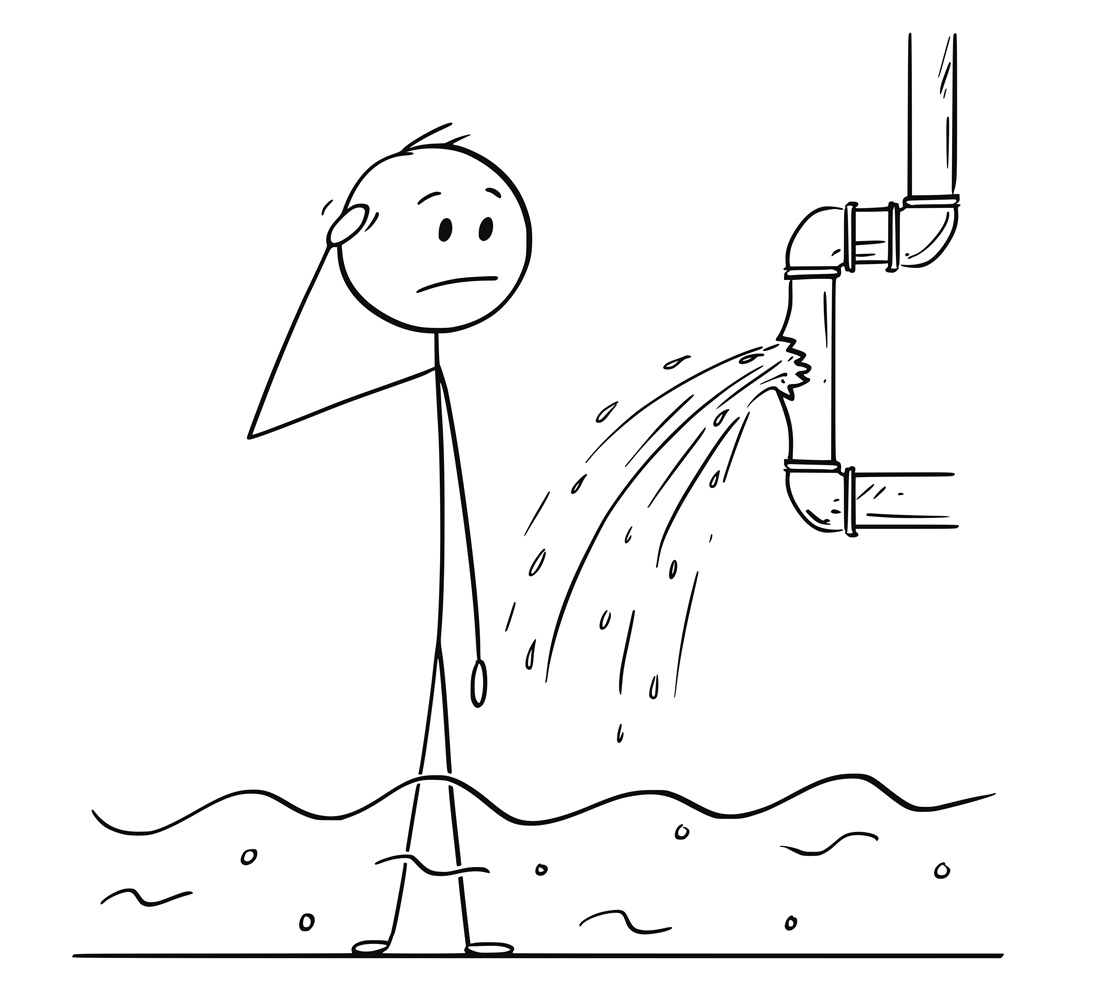In the realm of commercial facility management, the welfare of those utilizing your space falls squarely on your shoulders. So, whether you oversee an office complex, a bustling restaurant, a vital medical facility, or a trusted bank, it’s up to you to ensure that every cog in the machine hums along smoothly. Even with the most meticulous planning, unforeseen hiccups can arise, throwing a wrench into the works. Dealing with water emergencies is one of those. Especially when it comes to leaky pipes and faulty restroom fixtures. Here are the main steps you should take to control office water damage to minimize the interruption of workflow.
Locate the Main Stopcock and Halt the Flow
In the throes of a water system meltdown, your first line of defense is the main stopcock – the valve that governs the flow of water throughout your establishment. Engaging this switch shuts off the external water supply, preventing further inundation. Once the stopcock is secured, it’s imperative to drain the system by activating all taps and flushing toilets, expelling excess water and averting potential deluge.
Power Down to Prevent Peril
The confluence of burst pipes and live electricity spells disaster. As a preemptive strike, power down all main switches to mitigate the risk of electrocution. However, exercise caution and refrain from tampering with wet electrical outlets, switches, or wiring, as these pose grave hazards.
Swift Action Against Water Damage
Beyond the immediate threat of water overflow lies the insidious menace of mold growth, posing not just structural concerns but also occupational health hazards. Prompt action is paramount. According to findings from the National Institute for Occupational Safety and Health, water damage correlates with occupational respiratory ailments, underscoring the urgency of response.
Guidance from the United States Environmental Protection Agency advocates for swift extraction of water from affected surfaces like carpets within 24-48 hours. You should follow this with aggressive humidity reduction using dehumidifiers and accelerated drying aided by fans. This guide from NASD provides detailed instructions when faced with flood-damaged carpeting. Of course, similar protocols apply to concrete surfaces, upholstered furniture, and porous flooring. In all cases, time is of the essence. Rapid intervention is imperative to stave off mold proliferation.
Prevention Reigns Supreme with Office Water Damage
While adept crisis management is indispensable, preemptive measures reign supreme when it comes to office water damage. Burst pipes, often harbingers of winter’s chill, can be mitigated through regular plumbing system maintenance. Equally vital is contacting your janitorial service to implement swift intervention and damage control when water emergencies strike. And, engaging an emergency plumber post-crisis ensures comprehensive system assessment to curtail future water calamities.
In the grand scheme of facility management, being ready and planning ahead are crucial tools to handle unexpected challenges. It’s essential that you are prepared to take these emergency steps to control office water damage. However, it’s even more important to keep up with regular maintenance. As a result, your business can strengthen its ability to bounce back from problems, protecting both the building and the people inside from water-related emergencies.


